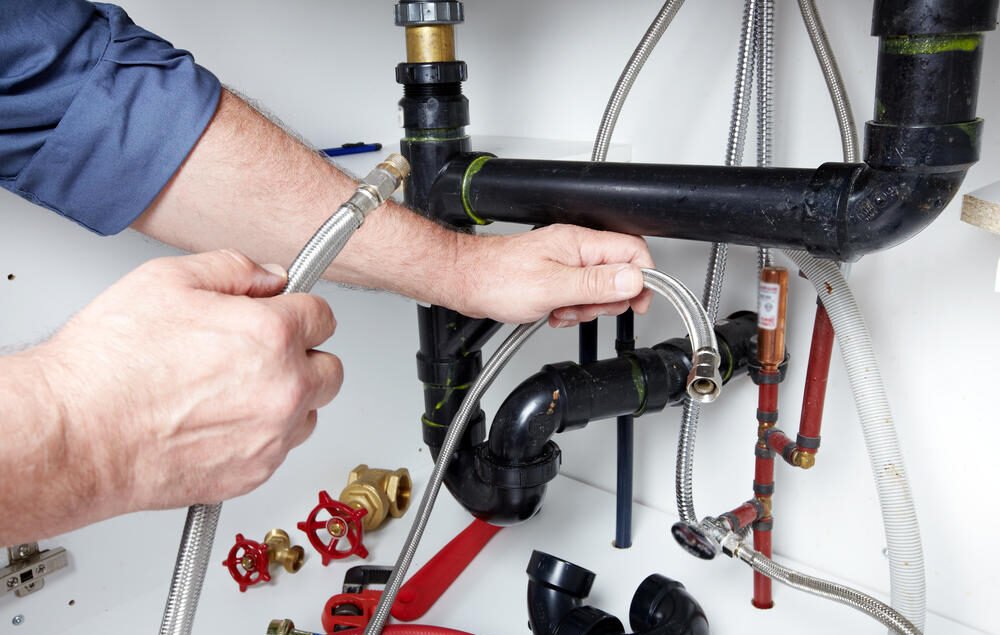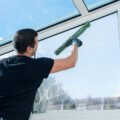How to Pet-Proof Your Plumbing

Hey pet owners, I’ve got good news for you: your pets can be just as smart and resourceful as toddlers. That means they’re capable of getting into trouble that most adults wouldn’t even think of! If your dog doesn’t like to use an indoor toilet, then you probably have some work to do in order to ensure that everything is safe for your pet. You can also take the help of Plumber Werribee for it. This post will give you some tips on how to keep your dog away from the pipes behind the wall.
Pet Proof the Toilet Bowl
It’s important to keep your cat out of the toilet bowl. It’s a place that can be harmful, even fatal, for them. There are several ways you can prevent this from happening:
- Use a toilet seat cover. These are made of plastic and fit over the top of your standard toilet seat, so no one—or nothing—can use them. They’re easy to install, too! Just slip them on and off as needed. You’ll want to remove them when cleaning or changing out your water supply equipment (if applicable).
- Use a toilet seat lid. This is similar in concept but with more permanence than just using something like newspaper or plastic sheeting around the top portion of your toilet seat while you’re doing something else in your home, such as cooking dinner or taking care of kids’ needs before bedtime; this option will keep pets away from sitting down on said surface because they won’t be able to see what’s going on underneath it if there isn’t anything blocking their view!
INSTALL WATER BALANCE VALVES
Installing a water balance valve is a quick and easy way to ensure that your plumbing system isn’t flooding your home. Water balance valves are designed to automatically shut off the water flow in your pipes if it becomes too intense. This helps prevent the pipe from bursting or at least lowering the pressure, which can prevent damage and make cleaning up easier.

How does it work?
If you have a leaky faucet or toilet, for example, then excess water will flow into other areas of your home through gravity alone (or air as with toilets). The weight of this extra water pushes down on the floor until it eventually reaches its lowest point: underneath your basement floorboards or around electrical wires located underground next to these drainage areas. Once it hits these low points where there aren’t any other openings besides those going back up towards higher floors in buildings constructed on flat terrain surfaces (like homes), then those pipes might burst open due to increased pressure within them caused by having more than enough weight pushing downwards onto them via gravity alone without being able to escape through another opening nearby like how most people would expect all fluids behave when inside containers holding them up instead of letting them fall freely down towards lower places where they belong according*
Always use drain guards
For any plumbing project, it’s always a good idea to use a drain guard. A drain guard is a simple device that catches hair and other debris before they can clog up the inside of the pipe. Drain guards come in different shapes and sizes, so you should find one that fits your specific needs. For example, if you want to prevent sagging in an area with high water pressure (like near the shower head), then getting a flexible one will be best for you.
If you’re getting installing new drains for sinks or tubs by plumber Werribee, there are many different types of drain guards available at your local home improvement store. You’ll need to choose carefully, though, because not all styles will fit into every system perfectly—so make sure that what works best for your set-up before buying anything!
Installing these devices isn’t too hard: simply screw them into a place where desired through pre-drilled holes with some adhesive provided by manufacturers on each side as well as at each corner where possible too – this way, everything stays together securely without risking losing parts during removal later down the line when needed again later on down the road after initial installation has been completed successfully.
COVER EXPOSED PIPES
A pipe cover is the most common solution for this problem. A pipe guard or sleeve is also an effective method of preventing pets from chewing on your plumbing.
Pipe covers are usually made of metal or tough plastic material, and they fit over the exposed portion of your pipes to keep them out of reach for animals. You can buy them at any hardware store in a variety of styles and sizes, but most will do an excellent job protecting your pipes from cats and dogs. If you’re having trouble finding one that will fit your plumbing, try asking one of the employees working there; they’re usually knowledgeable about what kinds are available in their inventory.
Another method is to wrap the exposed part of your pipe with protective tape every few inches (this works especially well if it’s not just one length but multiple lengths). This may seem like an easy fix at first glance, but ultimately it’s not as durable as using actual covers—it doesn’t last nearly as long before wearing away—and it still leaves some vulnerable parts exposed where pets could get hurt themselves while trying to chew through those areas too!
DON’T LET YOUR DOG DIG
- Don’t let your dog dig. Dogs can dig up your yard, and that means they can also dig up your plumbing. If a dog digs around a sewer pipe or water main, he could break it and cause flooding—which will likely ruin the lawn as well.
- Make sure to keep an eye on where your dog is going when he needs to take care of business outside (and in). It might seem obvious that you should keep him from digging in places not designated for bathroom breaks, but there are other spots even farther away from the house where plumbing lines often run: under sidewalks or patios, or even along streets or back alleys where people may not be aware of them!
- Be aware of what kind of plumbing you have before deciding what kind of landscaping project you want to do. If someone were building a fence over the top of gas lines, that would probably create problems later down the line!
Conclusion
The best way to pet-proof your plumbing by plumber Werribee is to keep your pets away from it. While it may be tempting to let them roam freely around the house, this can lead not only to the damage done by your dog but also to the risk of injury or even death. For example, if he digs up an exposed pipe and bites down on it, then he could end up swallowing toxic chemicals which could make him very sick—or worse! So remember when pet-proofing your plumbing: put an end table over that floor drain!






